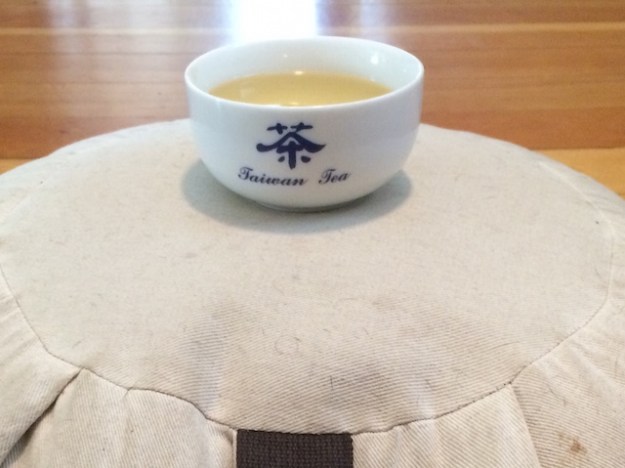I make a fair amount of tea during the average day. By the time some evenings roll around I’ve brewed three or four pots of different teas, each one usually three to six times. One thing that this practice has shown me is that not all tea preparation is equal. Many infusions end up being brewed while I’m working, reading something on the Internet, or having a deep conversation. The result? The tea becomes just another beverage.
That’s not my preference, of course. I’d much rather be aware of my tea making. Not only does a carefully, mindfully prepared cup of tea taste much better, the experience of making the tea itself becomes enjoyable. I’ve written about “tea as meditation” before, but today I was struck by one particular aspect: patience.
One of the most interesting and unique parts of making tea by hand is the steeping time. The way I see it, this single factor sets it apart from other artisan beverages like wine, beer, whiskey, etc. To make the best tea, we have to be very careful about how long the leaves sit in the water. Too long, and a bitter cup of tea results; too short, and a watery cup is what you get. While using a timer is almost essential when starting out, as familiarity develops the practitioner gains an intuitive sense of when to pour out the pot. Either way, we must wait, and wait, and wait, but not be distracted! Our awareness must remain on the tea as it sits there in silence. A vigil of the leaf.
While waiting for thirty seconds or two minutes can certainly be annoying at times, I see this as a wonderful part of the practice of tea! Annoyance, after all, only appears when we’d rather be doing something else. When it arises, I try to notice that it’s arisen by saying to myself, “well, now I am annoyed; how interesting! I want this tea to be complete so I can go do something. This is what restlessness feels like.” And then I wait, and wait, until the tea is ready.
I encourage everyone to try this practice! Being present with the emotions when we resist an experience can be very interesting indeed! And what a short meditation it is: the time it takes to steep a pot of tea. In many cases less than a minute! Better still, the result is not just learning about our own mind or cultivating patience, but we get a delicious cup of tea as the icing on the cake. If only all practices of meditation could have such a tangible reward.









